Learn a new Ukulele chord every day of the year. The chord for January 4th is G7
Learn a new Ukulele chord every day of the year. The chord for January 4th is G7.
4-part, a.k.a.
JazzChords
Jazzchords for creating your 4-part, contemporary chord foundation and
Life Beyond the Third Fret.
traditionallymajor, minor, diminished, or augmented. With contemporary triads including sus and add chords.

Movable Ukulele Chords Lesson Series page.

 Understanding a Chord Diagram
Understanding a Chord Diagram
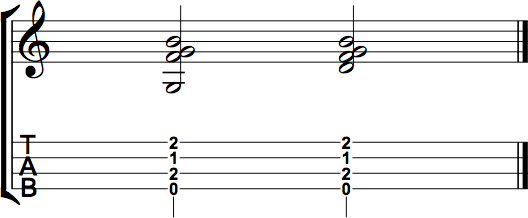
Gvariations
 Although additional fingerings are possible for many chords, fingering for any given chord depends on the science of how our fingers work and on the harmonic context the chord is being used in—what was the previous chord, and what's the next chord? The goal is to play all the notes right behind the frets when possible. Remember, longer fingers can reach the lower strings better, and finger two can stack on finger three, and finger three can stack on finger four.
Although additional fingerings are possible for many chords, fingering for any given chord depends on the science of how our fingers work and on the harmonic context the chord is being used in—what was the previous chord, and what's the next chord? The goal is to play all the notes right behind the frets when possible. Remember, longer fingers can reach the lower strings better, and finger two can stack on finger three, and finger three can stack on finger four.- 0 3 2 4

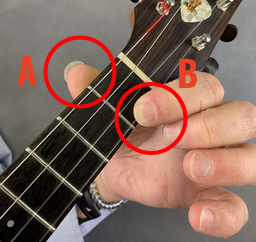
strong>B) Too far from the fret.

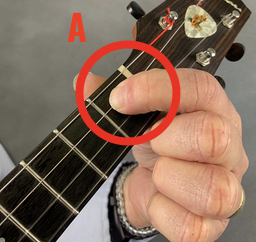
Impolite Fingering— Try not to flip people the bird as in the second photo above. Finger one, the index finger is the only finger that is really capable of a Full Barre across all the four strings.
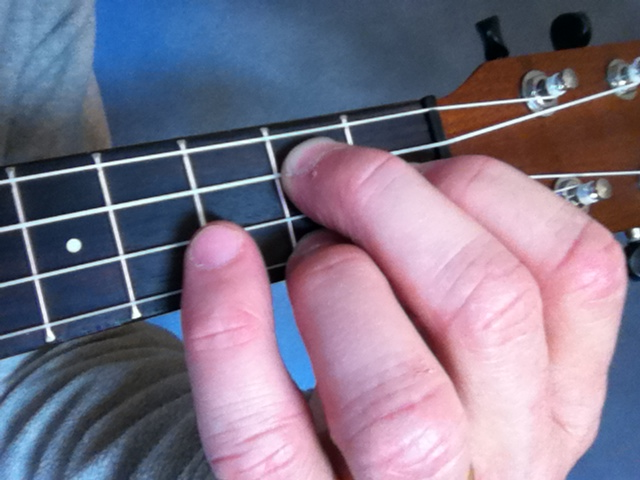
In the above photo my pinky, finger four is not actually playing a note it's hovering over the fingerboard ready to spring into action when needed. Keep your fingers close, pointing to the fingerboard and over the strings at all time and ready to go.
Common Chord Progressions • I IV V
Undoubtedly you'll hear the term I IV V , the V can be a 7th chord. This refers to the Harmonic Function chords and one of the most common chord progressions used to compose music. It's the foundation of the blues. So head on over to an of the following lessons. songs and books that utilize the I IV V .
- Three Chord Progressions • In the Key of C they are: C, F, and G or G7.
- Harmonic Analysis • Learn what the roman numeral I IV V actually mean.
Two Handed Piano Chords
When voicing 4-part chords on piano you can take advantage of spreading the chord out using both hands. Typically the Root and Fifth of the chords, the Power Tones are played by the left Hand and the Color Tones , the thirds and sevenths are voiced in the right hand..
G7 Voiced Root, Fifth, and Third, and Seventh

G7 Voiced Root, Fifth, and Seventh, and Third

7th (pronounced Seventh)
A partial seventh chord can be created by lowering the Root of a major triad two frets.
A seventh chord as a 4-part chord ( 1 3 5 b7 ) and one of the Big Six core chords used to derive other contemporary and jazz chords.
A Seventh chord along with your basic major and minor chords are the msot common chord you will encounter.
NOTE: A Seventh chord is very often referred to as a Dominant Seventh . This is not always accurate as Dominant — is a chord function and not actually part of a chord name, which is a capital letter and chord type information – not it's harmonic function. We don't call a seventh functioning as a I (one) chord in a Blues a Tonic Seventh or the IV (four) chord a Sub-Dominant Seventh chord, etc...
Related Lessons, Videos, Lesson Series, Songs, Books & Reference Charts, Resources & Assets, Workshops are below.
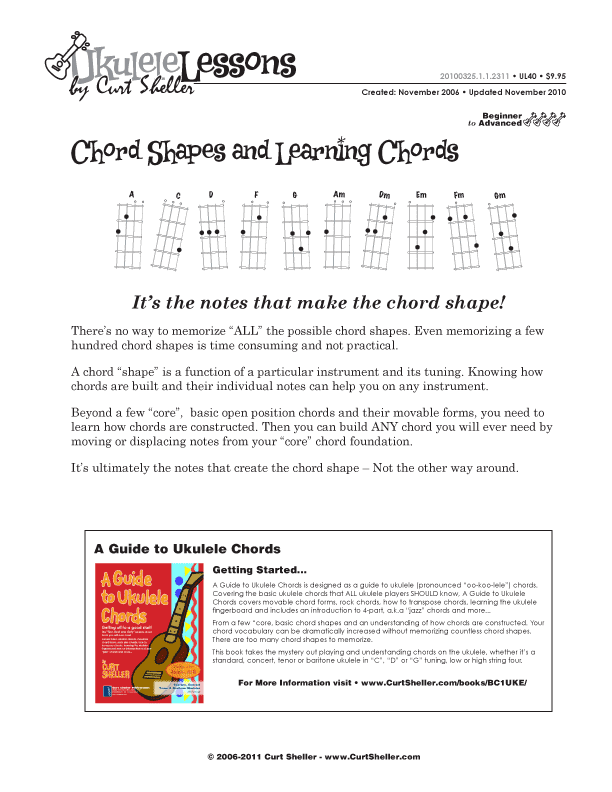
Pick up any chord dictionary, and one thought that should go through your mind is - TOO MANY CHORDS There is now way to memorize all those shapes. It would be better off learning how they came up with all those shapes. Most chord dictionaries are also just like pages transposed to all possible keys.

A series of weekly ukulele lessons originally presented throughout 2007 on movable ukulele chords as the "Ukulele Chord of The Week Series". Based on the Ukulele Chords book by Curt Sheller (me). It takes the open position chords and shows the movable form and the variations.
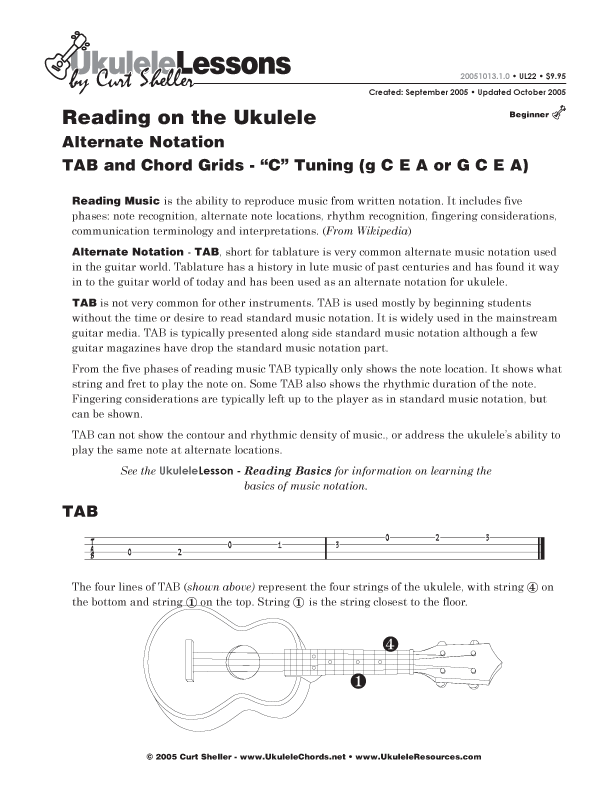
"TAB" or "Tablature", is an alternate form of musical notation, which tells players where to place their fingers on a particular instrument rather than which pitches to play. TAB is sort of a secret language between guitar players and ukulele players. Although a shortcut to getting started it actually serves to alienate one from the rest of the music world.
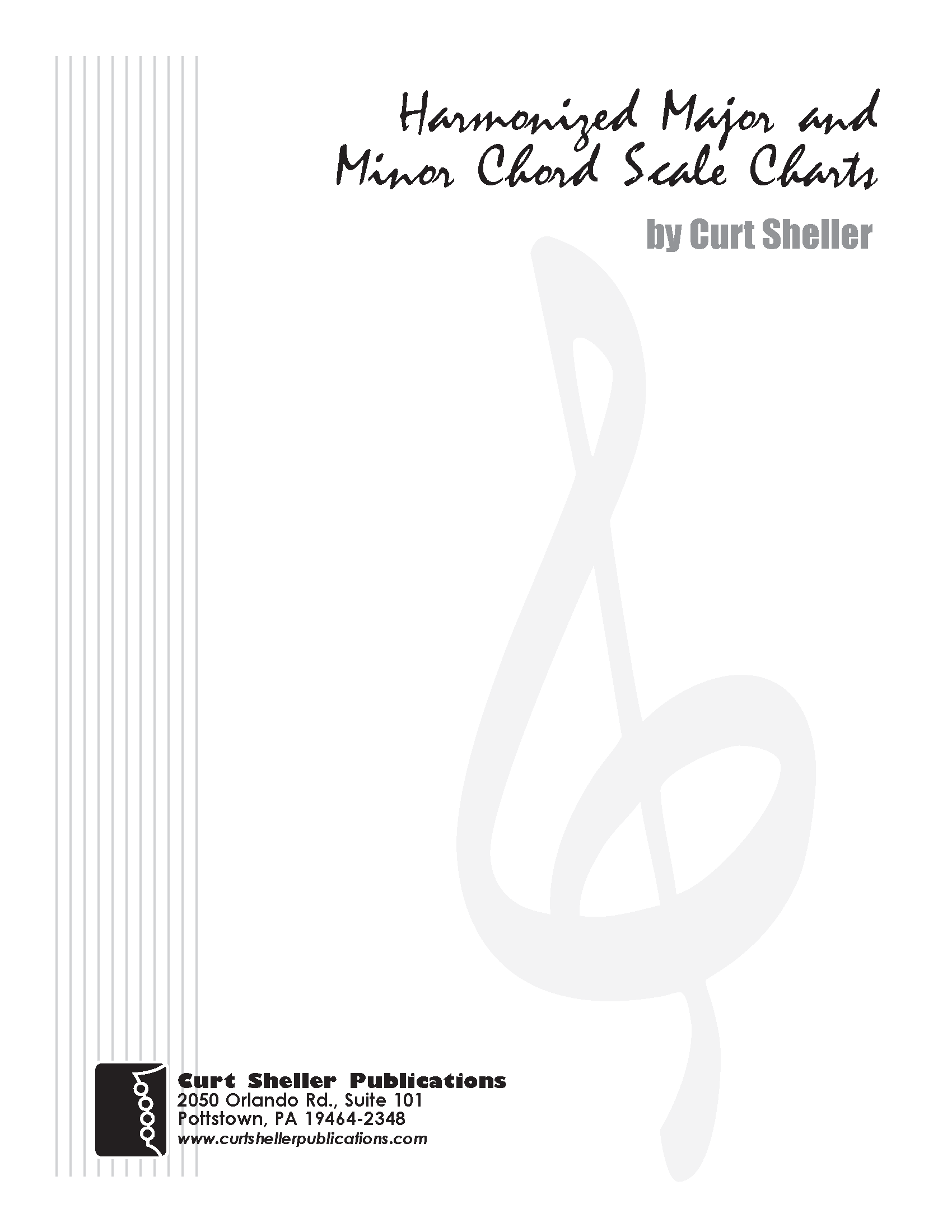
The "Major Scale" or Ionian scale is a diatonic scale, made up of seven distinct notes, plus an eighth which duplicates the first one octave higher. In solfege these notes correspond to the syllables Do, Re, Mi, Fa, Sol, La, Ti/Si, (Do), the Do in the parenthesis at the end being the octave of the root.

Core Chords for Ukulele, The Big Six - From four F7 chord voicings or shapes, your can build your massive 4-part, a.k.a., “jazz” chord vocabulary. Beyond basic open position chords, basic movable form chords and a core set of 4-part chords. There are just too many chords shapes too memorize.

Covering basic ukulele chords that ALL uke players MUST know, movable chord forms, rock uke chords, how to transpose chords, learning the ukulele fingerboard and an introduction to 4-part jazz chords and more... FOR LEFTIES - Tunings: C, G, or D Tunings. Low or high string four variations.
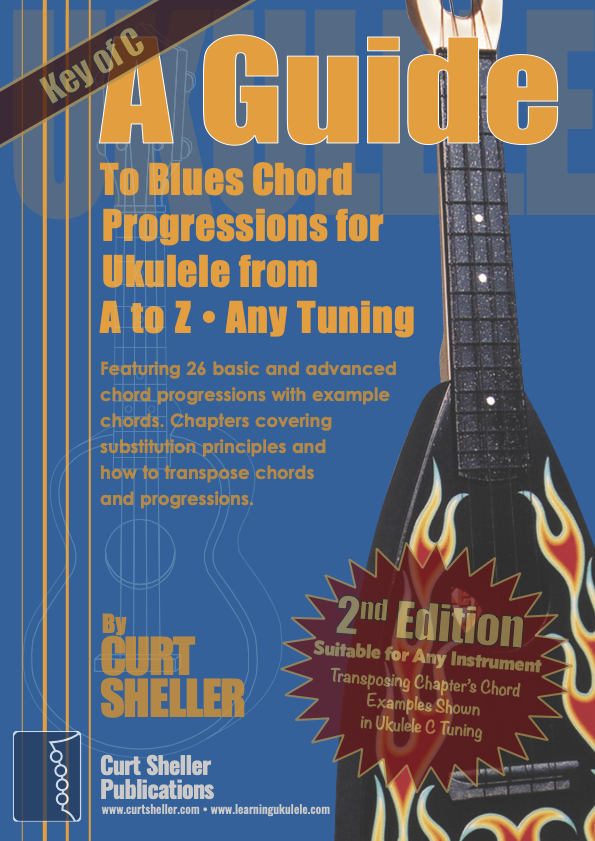
The Blues are at the heart of all American music. It has influenced Country, Rock, Folk, Jazz, Bluegrass and just about every form of American music we listen to today. 26 blues progression in C and G tuning, progressing from basic to advanced jazz progression, with chord grids and substitutions explained.


return in your investment)—it is this— learning the
f*ckingnotes of your OWN instrument. Sorry for the tough talks—but it is sooooo true!


Learn to read single note melodies in the first/open position is a lot easier than you might think. Book: Ukulele – Reading Music Series – Primer

An organized collection of daily practice and reference material for the contemporary ukulele player for developing the vocabulary and knowledge necessary for single note playing. Book: Daily Practice Material for the Contemporary Ukulele
Checkout the Books & Reference Charts for additional Handy, Dandy Reference Charts.

Ukulele Fingerboard Chart for C Tuning, Low or High G – G C E A

Ukulele Fingerboard Chart for G Tuning, Low or High A – D G B E

A handy reference chart of all 15 major and relative minor key signatures. US Letter 8.5 x 11 sized (ANSI-A) , A4




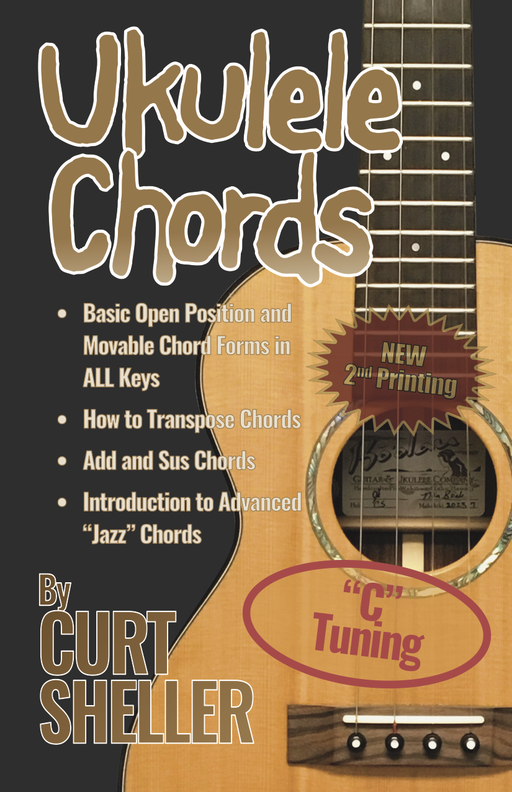
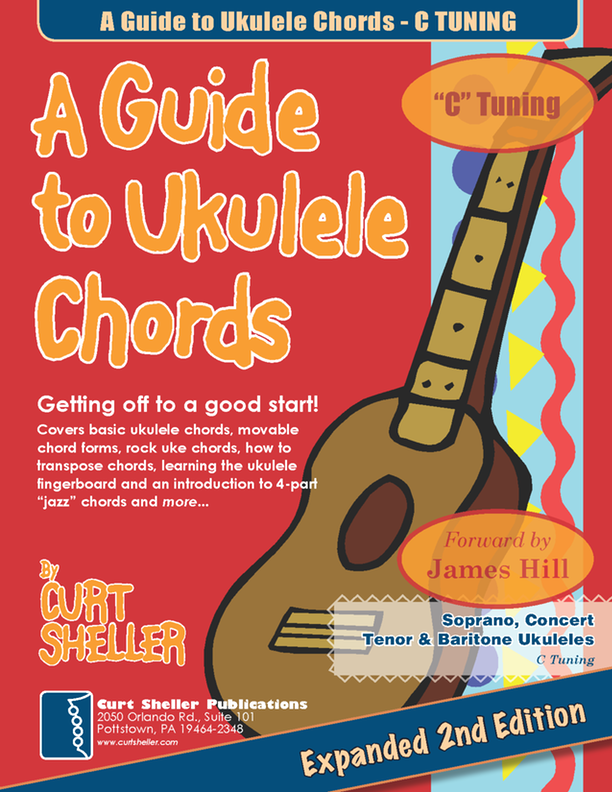
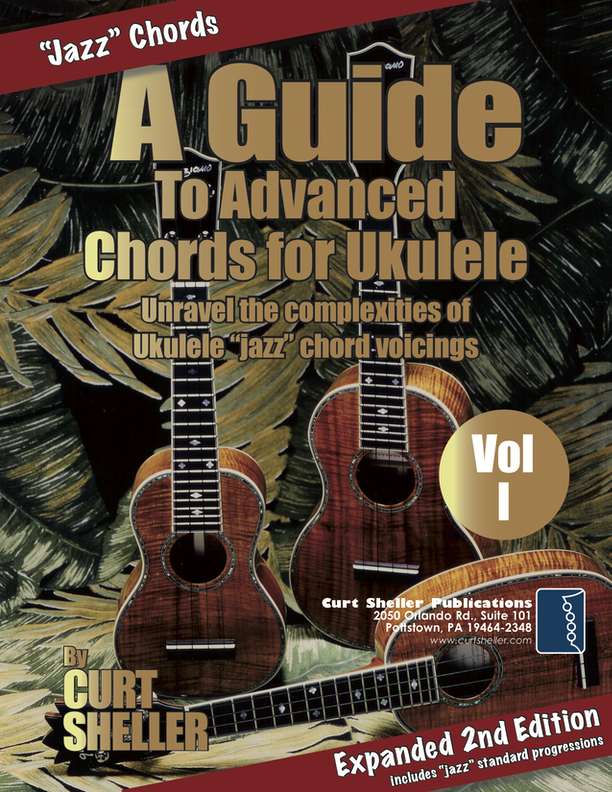
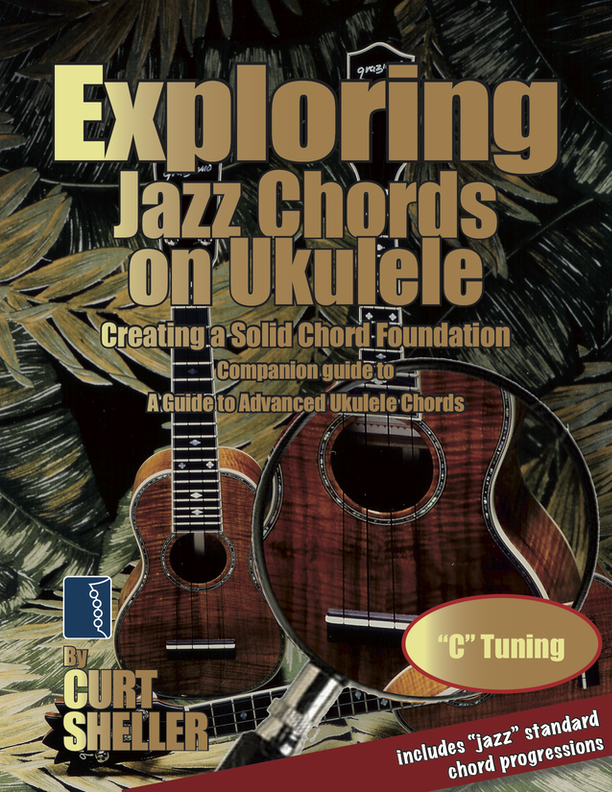
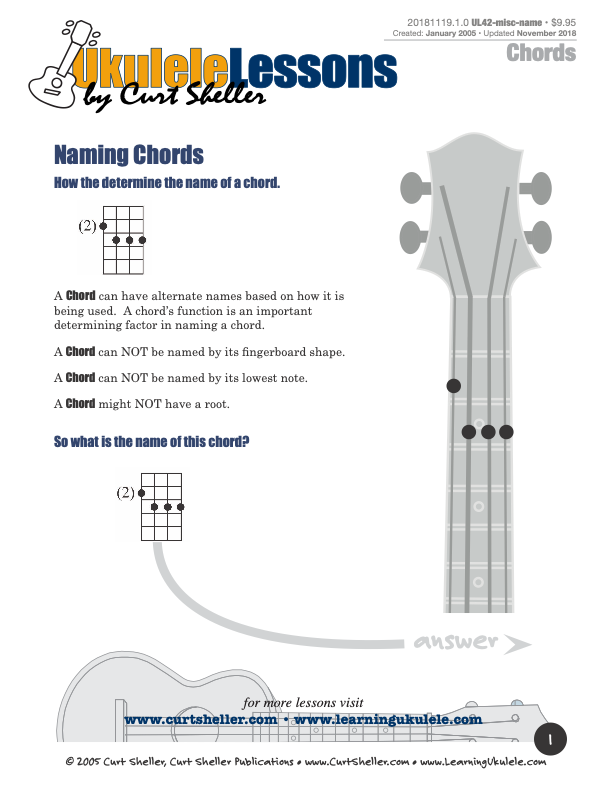

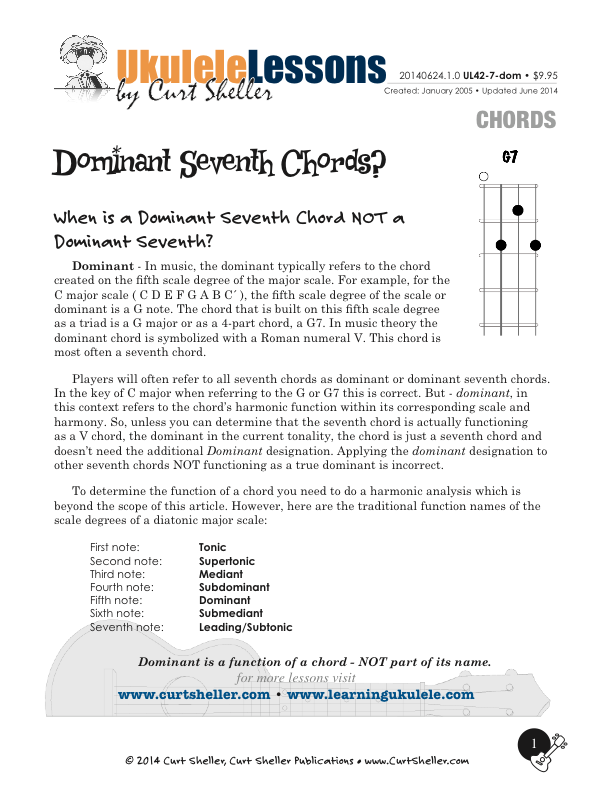

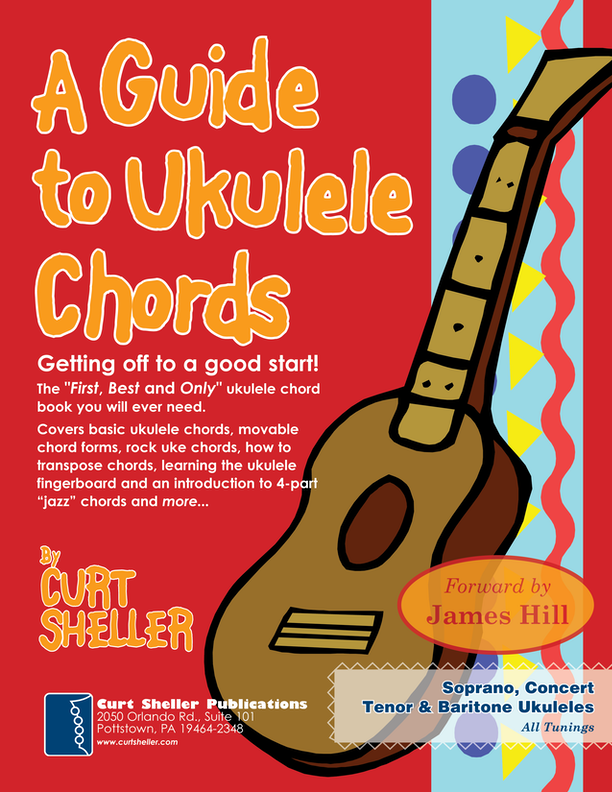

.jpg)